Exploring Opportunities in the Vending Machine Business at the 138th China Import and Export Fair 2025
The vending machine business has seen substantial growth in recent years, driven by advancements in technology and changing consumer behaviors. According to a report by IBISWorld, the U.S. vending machine industry was valued at approximately $7 billion in 2022, showcasing a steady growth trend that is likely to persist. As more customers seek convenience and quick access to snacks and beverages, the Chinese market is poised for similar expansion, especially in urban areas where busy lifestyles dominate. The 138th China Import and Export Fair in 2025 presents a pivotal opportunity for stakeholders in the vending machine business to explore innovative solutions, network with industry leaders, and tap into emerging trends such as cashless transactions and smart vending technology. This event will not only highlight the latest product offerings but also unveil the potential for investment and collaboration in this thriving sector.
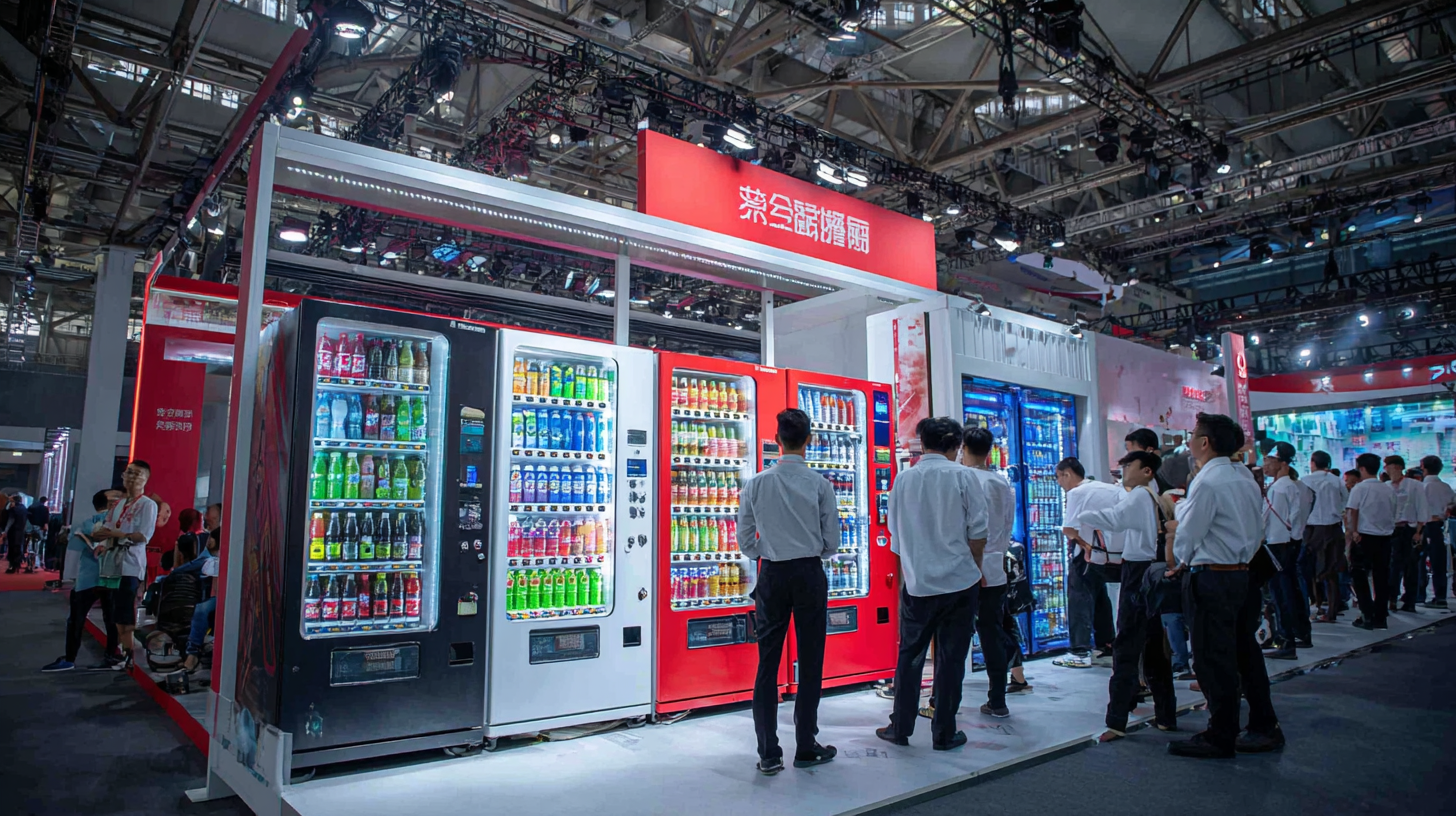
Emerging Trends in the Vending Machine Industry for 2025
The vending machine industry is witnessing significant transformations as we approach 2025, underlined by the increasing adoption of smart vending technologies. According to a recent market report, the global vending machine market size is projected to grow from USD 21.4 billion in 2024 to USD 30.9 billion by 2033, highlighting a robust growth trajectory. This expansion is fueled by emerging trends such as cashless transactions, contactless interfaces, and AI integration, which enhance user experience and operational efficiency.
As businesses prepare to showcase at the 138th China Import and Export Fair, it's essential to keep abreast of these developments. Smart vending machines equipped with AI capabilities are setting new standards in the industry by providing personalized product recommendations and real-time inventory management. Trends indicate that placements in commercial and public spaces will dominate usage, driven by consumer demand for convenience and accessibility.
**Tips:** Companies looking to enter this booming market should focus on integrating mobile payment solutions to cater to tech-savvy consumers. Additionally, exploring eco-friendly machine options may appeal to sustainability-minded customers. Investing in data analytics will also help businesses understand consumer preferences, allowing for tailored product offerings.
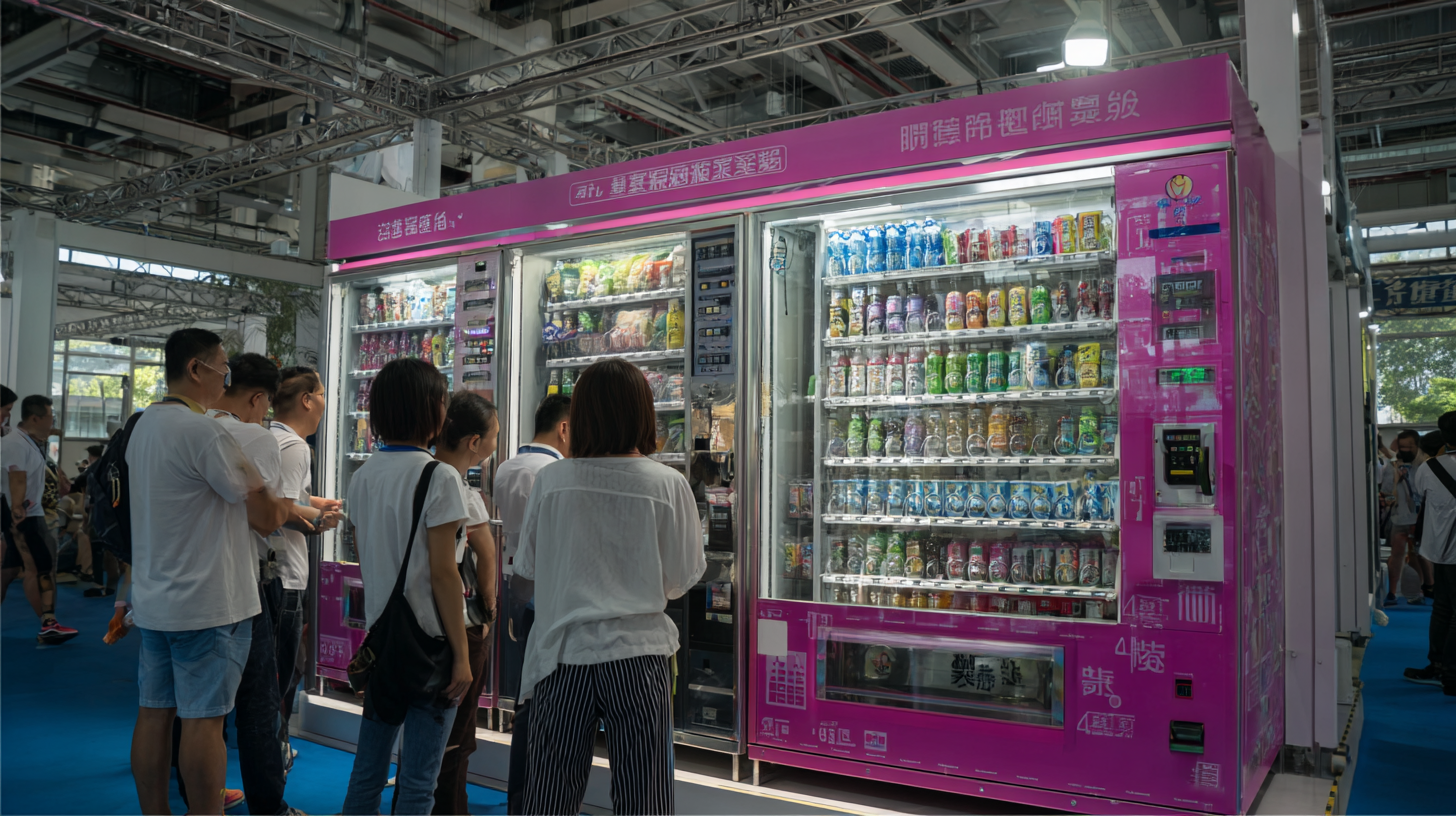
Key Players and Innovations to Watch at the 138th China Import and Export Fair
At the 138th China Import and Export Fair in 2025, the vending machine industry stands poised for innovation and growth. Key players in this sector are set to unveil cutting-edge technologies that enhance user experience. From AI-powered machines that personalize recommendations to eco-friendly units designed to minimize environmental impact, there will be plenty to explore. Notable brands are expected to showcase their latest advancements in payment systems, integrating mobile payments and cryptocurrency options to cater to diverse consumer preferences.
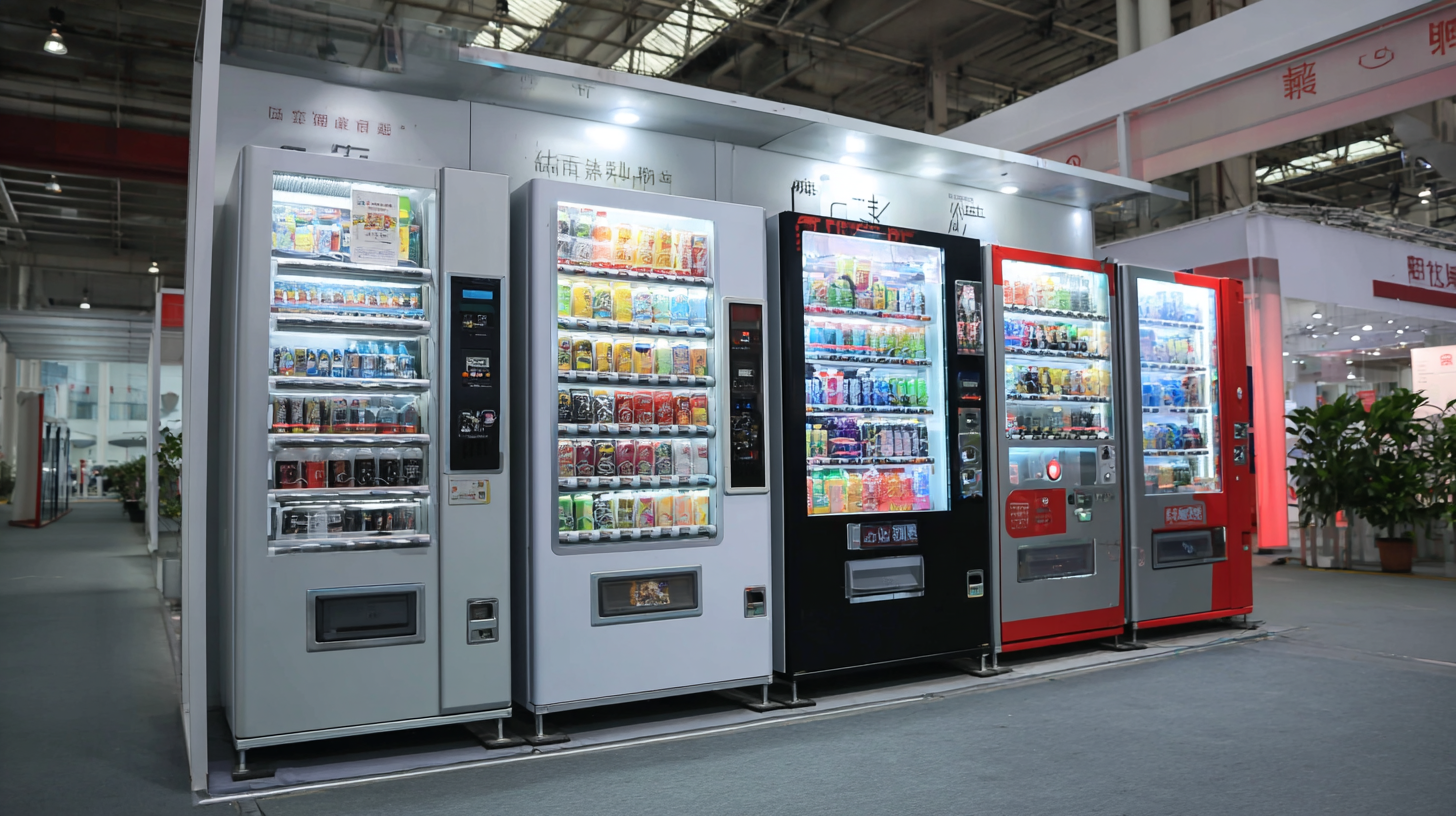
Tips: When considering entering the vending machine business, focus on understanding your target market's needs. Research the latest trends, such as healthy snack options or locally sourced products, which can significantly influence consumer choices. Additionally, evaluate the importance of location—high foot traffic areas such as shopping malls or transportation hubs can greatly enhance visibility and sales.
As emerging technologies redefine the vending landscape, it's essential to keep an eye on innovations like contactless vending and interactive interfaces. These advancements not only streamline the purchasing process but also create engaging experiences for users. By staying informed about key players and their latest offerings at the fair, entrepreneurs can better position themselves to capitalize on market opportunities.
Strategies for Entering the Vending Machine Market in China
The vending machine market in China presents a promising landscape for entrepreneurs and investors, especially in light of the anticipated growth in the global smart vending machine industry. With the market projected to surge from $11.47 billion in 2025 to $36.89 billion by 2032, at an annual growth rate of 18.2%, there are significant opportunities to tap into this expanding sector. Understanding local consumer behavior and preferences is crucial for successful market entry.
To effectively penetrate the Chinese vending machine market, businesses should adopt a multifaceted strategy. First, leveraging technology to offer personalized experiences through data analytics and mobile payment options can attract tech-savvy consumers. Additionally, establishing strategic partnerships with local suppliers and enhancing product diversity to include trendy and healthy options can cater to the evolving demands of the population. Attending events like the 138th China Import and Export Fair will also provide vital networking opportunities and insights into market trends, enabling businesses to refine their strategies and ensure sustainable growth in this vibrant market.
Analyzing Customer Preferences and Target Markets for Vending Machines
As the vending machine industry continues to evolve, understanding customer preferences and target markets is critical for success, especially in the context of events like the 138th China Import and Export Fair in 2025. Recent studies indicate that the global vending machine market is projected to grow at a CAGR of 9% from 2021 to 2028, highlighting a lucrative opportunity for entrepreneurs. Notably, younger consumers, particularly those aged 18-34, are more inclined to utilize vending machines that offer healthier food options and digital payment methods. This demographic shift underlines the importance of aligning product offerings with the preferences of a tech-savvy audience.
**Tips:** To effectively capture the attention of potential customers, consider incorporating fast-selling items like snacks and beverages that cater to health-conscious consumers. Additionally, integrating contactless payment solutions could significantly enhance customer experience.
Furthermore, businesses should also analyze their target locations carefully. Data from market reports show that vending machines situated in high-footfall areas such as universities and office buildings perform better than those in low-traffic zones. Tailoring product selection to match the specific demographics of these locations can further drive sales and customer satisfaction.
**Tips:** Conduct surveys or utilize social media polls to gather insights on local consumer preferences, which can inform inventory choices and marketing strategies.
Vending Machine Business Opportunities
This chart illustrates the preferences of potential customers regarding various types of products offered through vending machines. The data highlights the most sought-after categories among consumers at the 138th China Import and Export Fair 2025.
Sustainability Practices in the Vending Machine Business for Future Growth
The vending machine industry is rapidly evolving, with a growing emphasis on sustainability practices that cater to the environmental concerns of today’s consumers. The introduction of reverse vending machines, which incentivize recycling by offering cash rewards, exemplifies this trend. With the reverse vending machine market projected to reach $1.2 billion by 2033, driven by advances in technology and sustainability initiatives, these innovations are set to become an integral part of everyday life and consumer behavior, particularly among younger demographics.
In addition to reverse vending machines, the overall vending machine landscape is seeing significant growth. Reports indicate that various segments, including industrial vending machines and those serving commercial and public spaces, are expanding as businesses vie for a competitive edge in corporate social responsibility and sustainability. This competition is no longer optional; it's a core strategy for companies aiming to meet the evolving expectations of consumers who prioritize eco-friendly practices. As industry leaders adopt automated solutions, they are not only enhancing operational efficiency but also fostering a more responsible approach to business that aligns with global sustainability goals.
Related Posts
-

7 Essential Tips for Choosing the Best Hot Vending Machines: Insights from 2023 Industry Trends
-

How to Succeed in the Vending Machine Industry as a Global Buyer
-
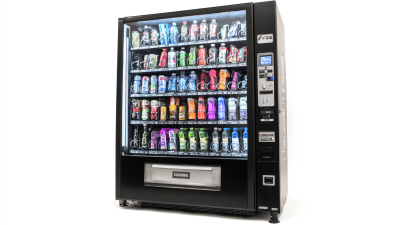
Unlocking Profits with Best Combo Vending Machine Advantages for Global Buyers
-

Unlocking the Secrets to Successful Global Procurement of Hot Vending Machines
-

2025 Global Market Insights on Best Snack Vending Machines and Their Future Evolution
-
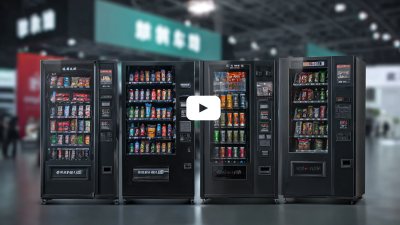
Championing Chinese Excellence in Vending Machine Solutions for Global Buyers
